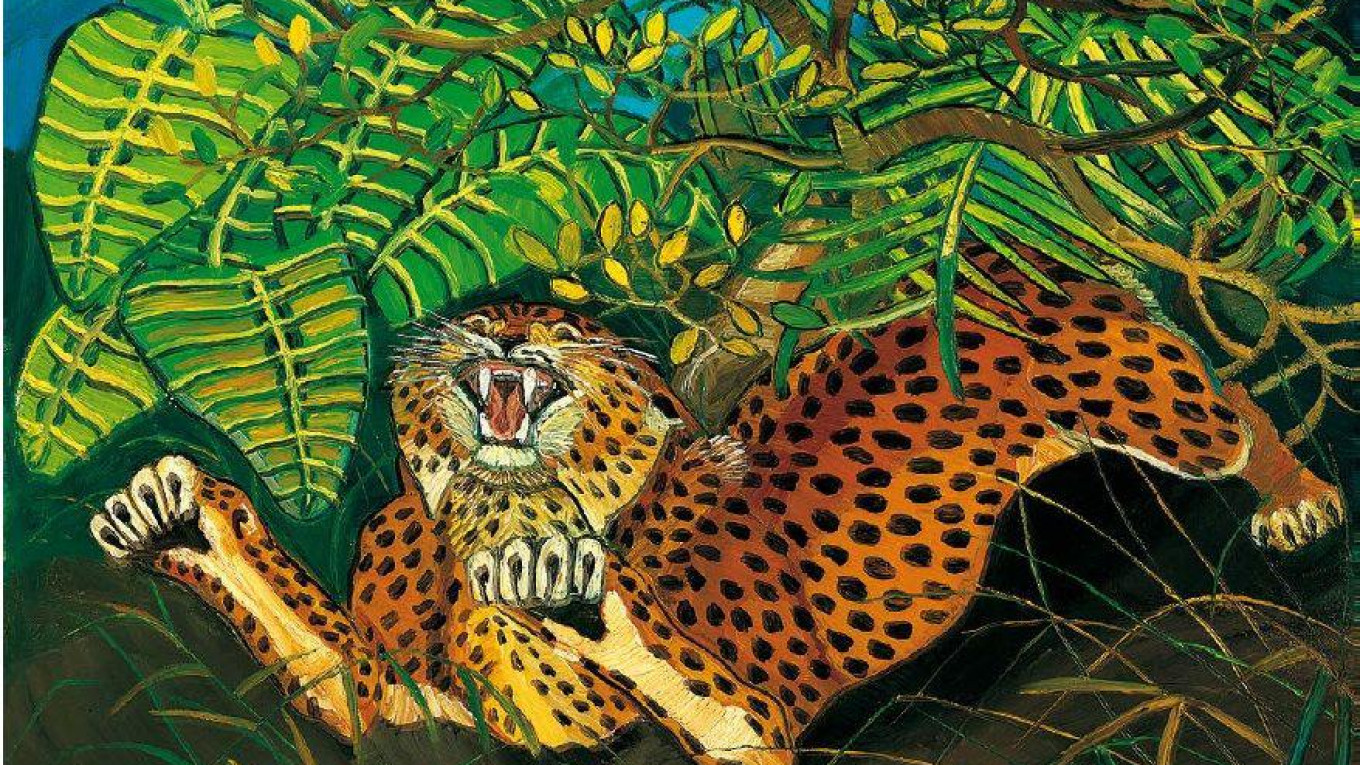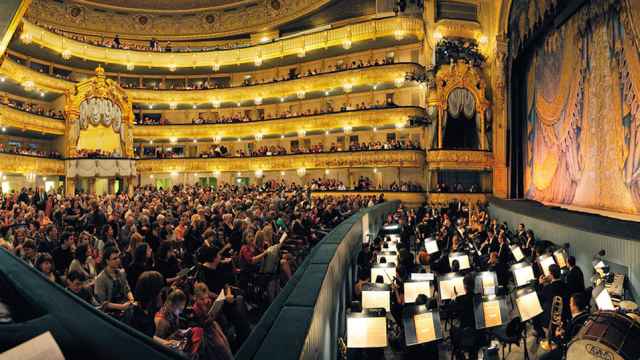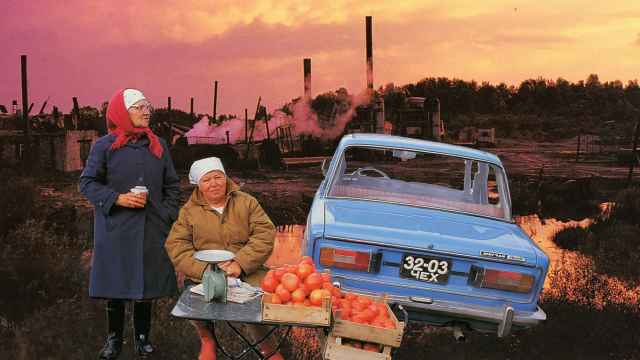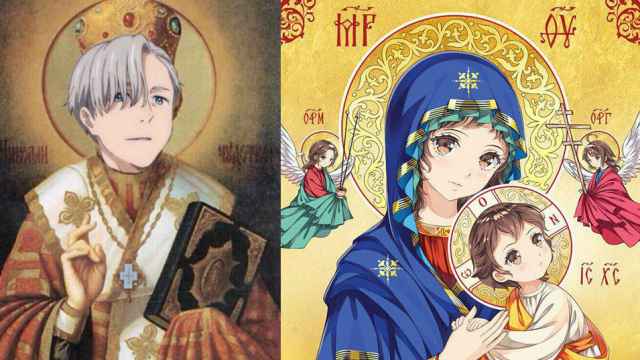The art of 'outsider' Italian artist Antonio Ligabue has finally arrived in Moscow. For the first time the solo exhibition of his works, “Antonio Ligabue: Mirror of the Soul,” brings this passionate art to the Museum of Contemporary History of Russia.
Born in Zurich at the end of the 19th century, Antonio Laccabue — he changed his surname to Ligabue in his forties — turned the troubles of his life into the power of his art, which is renowned for its intense, unique style.
“It is the first time Ligabue’s works have been exhibited in Russia,” Vittorio Sgarbi, one of the exhibition curators, told The Moscow Times. “This is not because he was not a well-known artist, but mostly because the collective memory associated with Italian art of the 20th century can be summed up with seven or eight names, such as De Chirico and the Futurists artists.”
Artists not associated with a specific art movement were not considered in the international art scene, and for years Ligabue was one of them. He was a self-taught painter and sculptor who lived most of his life in a hut beside the River Po in Northern Italy. He did not emerge from obscurity until the 1950s when articles and reviews of his work began to appear in the Italian press, his paintings were sold and he received several prizes. In the last years of his life he achieved remarkable success in painting, becoming known as the ‘Italian Van Gogh’ whose works were passionate and genuine.
The 70 artworks exhibited present the four main themes that the artist focused on during his career: landscapes, animals — tigers, leopards, lions — self-portraits, and rural life. Apart from the desire to realize the fantasy of the jungle on the banks of the River Po, Ligabue expressed his inner world through self-portraits, which sometimes show loneliness and always show physical and mental illness.
“For over three years we wanted to bring Ligabue to Russia, and it is so significant that we finally succeeded,” Augusto Agosto Tota, president of the Antonio Ligabue Foundation & Archive of Parma, said during the press conference opening the exhibition.
Over the years art critics and historians did not associate him with any specific school or group. Sgarbi said he was criticized “and sometimes even confused him as a naive artist. Like Frida Khalo and Van Gogh, Ligabue was so apart from the 19 th century avant-garde that he was much more powerful than any artistic trend. His art is original and intense, and I am sure Muscovites will appreciate it.”
The exhibition is organized in collaboration with the Antonio Ligabue Foundation & Archive of Parma, with the sponsorship of the Italian Ministry of Cultural Heritage and Tourism, the Ministry of Foreign Affairs and International Cooperation, and with the support of the Italian Cultural Institute of Moscow.
The show will run until March 11.
Museum of Contemporary History. 21 Ulitsa Tverskaya. Metro Tverskaya. www.sovrhistory.ru
A Message from The Moscow Times:
Dear readers,
We are facing unprecedented challenges. Russia's Prosecutor General's Office has designated The Moscow Times as an "undesirable" organization, criminalizing our work and putting our staff at risk of prosecution. This follows our earlier unjust labeling as a "foreign agent."
These actions are direct attempts to silence independent journalism in Russia. The authorities claim our work "discredits the decisions of the Russian leadership." We see things differently: we strive to provide accurate, unbiased reporting on Russia.
We, the journalists of The Moscow Times, refuse to be silenced. But to continue our work, we need your help.
Your support, no matter how small, makes a world of difference. If you can, please support us monthly starting from just $2. It's quick to set up, and every contribution makes a significant impact.
By supporting The Moscow Times, you're defending open, independent journalism in the face of repression. Thank you for standing with us.
Remind me later.






